Yeongneung - The Royal Tomb
of King Sejong
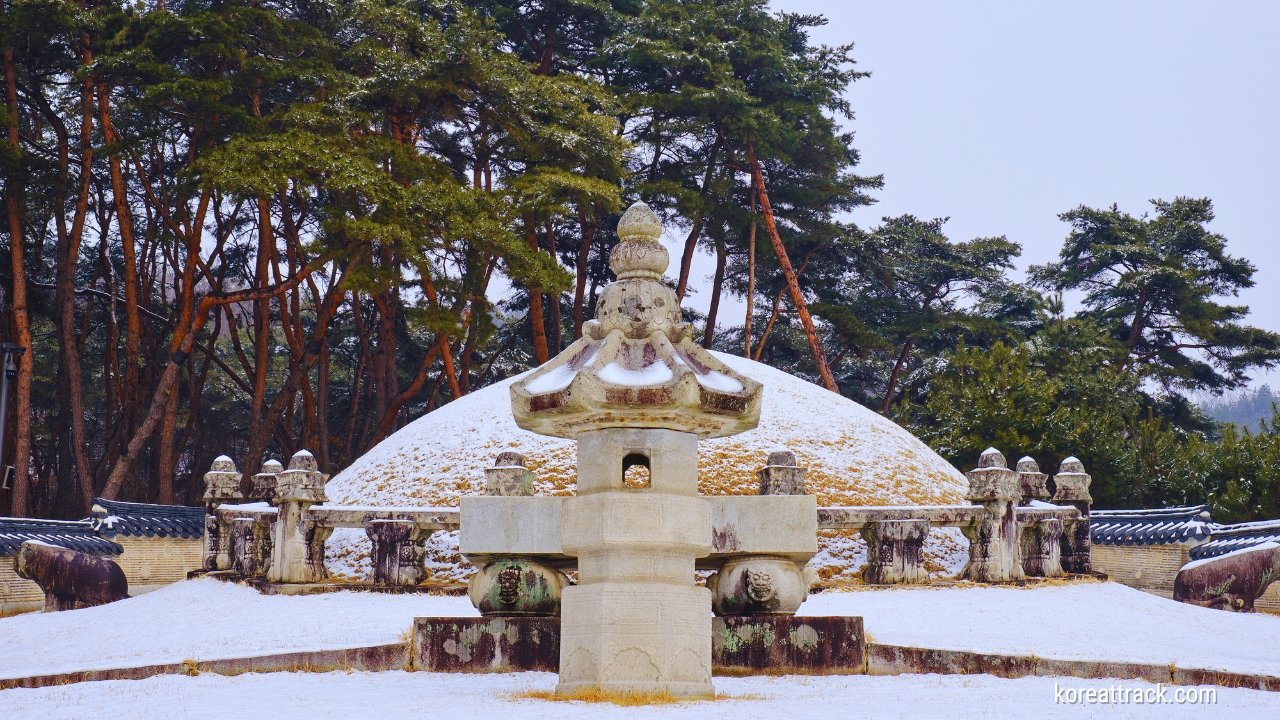 The Royal Tomb of King Sejong in Yeoju-si
The Royal Tomb of King Sejong in Yeoju-siRoyal Tomb Of King Sejong
The Royal Tomb of King Sejong, also known as Yeongneung, is a captivating and tranquil place that draws visitors worldwide.
The tomb area nestled amidst lush greenery, this historic and memorial site offers a glimpse into the life and times of one of Korea's greatest kings, King Sejong the Great.
During my visit to Yeongneung, I was struck by the area's sheer beauty and serenity, as well as its fascinating history.
As I explored the site, I couldn't help but imagine what life was like for King Sejong, who is widely regarded as one of the most significant figures in Korean history.
In this article, I will share my experiences, photos, and other sources to delve deeper into the rich history and features of Yeongneung.
From the majestic architecture to the intricate details of the tomb complex, there is much to discover and appreciate at this remarkable site.
So, join me on this journey as we explore the Royal Tomb of King Sejong and uncover the secrets of one of Korea's most revered monarchs.
Brief Background
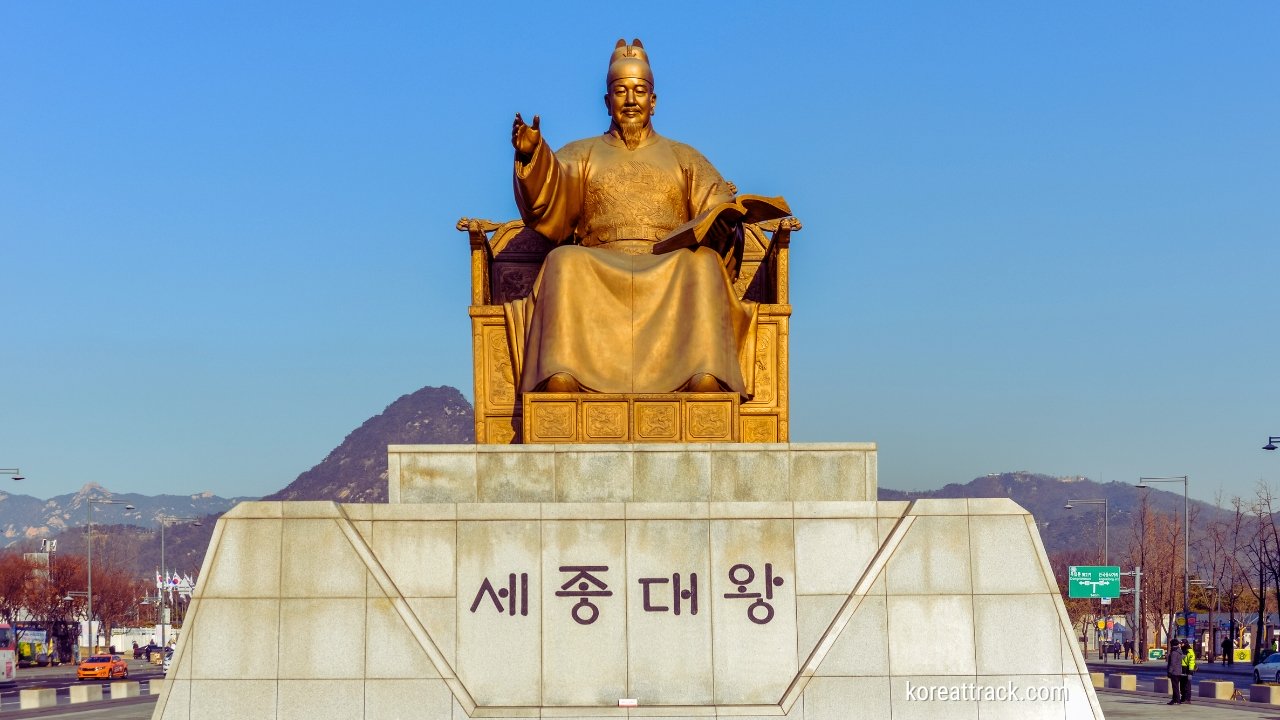 King Sejong the Great statue in Gwanghwamun Square, Seoul
King Sejong the Great statue in Gwanghwamun Square, SeoulLet's go and check some quick historical background...
- Yeongneung is the joint tomb of two significant figures from the Joseon dynasty: King Sejong the Great (1397–1450), the fourth ruler of Joseon, and his wife, Queen Soheon (1395–1446).
- This tomb holds immense historical importance as it was the first joint royal tomb in the Joseon dynasty.
- King Sejong ascended the throne at the young age of 22 and ruled for 32 years. His reign left an indelible mark on Korean culture and governance.
Yeongneung is located in Yeoju, Gyeonggi Province, South Korea. It is an exquisite example of the harmonious blending of Confucian and Buddhist influences, as it is elaborately decorated with both Confucian and Buddhist motifs.
The tomb is on a hill, surrounded by beautiful scenery and natural beauty, making it a popular tourist destination.
King Sejong is one of the most celebrated rulers in Korean history, and his contributions to Korean culture and governance are immense.
He is known for creating the Korean alphabet, Hangul, which has been instrumental in promoting literacy and communication in Korea.
King Sejong believed that the development of a national script was crucial to the growth of his country, and Hangul remains a testament to his legacy.
Queen Soheon was an accomplished scholar in her own right and deeply involved in the cultural and educational initiatives promoted by her husband.
She was a devoted partner to King Sejong and played an important role in the governance of the kingdom.
Together, they established a model of royal partnership that has inspired subsequent generations.
Yeongneung is a testament to the lives and achievements of King Sejong and Queen Soheon and an essential symbol of the fusion of Confucian and Buddhist philosophies in Korean culture.
It is a site of great historical and cultural significance and is a must-visit destination for anyone interested in Korean history and culture.
King Sejong's Achievements:
The great King Sejong contributed greatly to society's development in various fields, including culture, science, and education.
Cultural Contributions...
- Creation of Korean Alphabet: King Sejong developed the Korean script, Hunminjeongeum, which later evolved into Hangul.
- Hall of Worthies (Jiphyeonjeon): He established this association of the kingdom's brightest scholars, fostering intellectual growth.
- Confucian Principles: King Sejong applied Confucian principles to state affairs, leading to flourishing sectors in politics, economy, society, and culture.
King Sejong's legacy is not just limited to creating the Korean alphabet (Hangul). Here are some more achievements that helped shape modern-day Korea:
The creation of scientific and technological advancements: King Sejong believed that science and technology would play a crucial role in developing a prosperous society.
He established research centers and encouraged the development of new technologies. He also supported the creation of astronomical instruments, including the water clock, to measure time and predict eclipses.
The promotion of education: King Sejong believed that education was the key to creating a prosperous and stable society.
He established a national academy, the Gukjagam, which provided education to the country's brightest students. He also made a system of public schools that provided education to ordinary citizens.
Through his efforts, literacy rates in Korea increased significantly.
The establishment of a legal system: King Sejong established a system of laws that helped maintain social order and protect citizens' rights.
He created a legal code based on Confucian principles and established courts to enforce the law. This system helped prevent corruption and ensure justice for all.
The development of medicine: King Sejong believed that the health and well-being of his people were of utmost importance.
He established medical schools and encouraged the development of new medical treatments. He also promoted herbal medicines, which are still used in Korea today.
The promotion of art and literature: King Sejong was a patron of the arts and literature. He encouraged the creation of new works and established a royal library to preserve essential works.
He also supported the creation of new musical instruments and the development of new styles of music.
In short, King Sejong the Great's achievements helped to shape modern-day Korea. His legacy continues to be celebrated in Korea today, and he is widely regarded as one of the most influential figures in Korean history.
Architecture & Construction Design
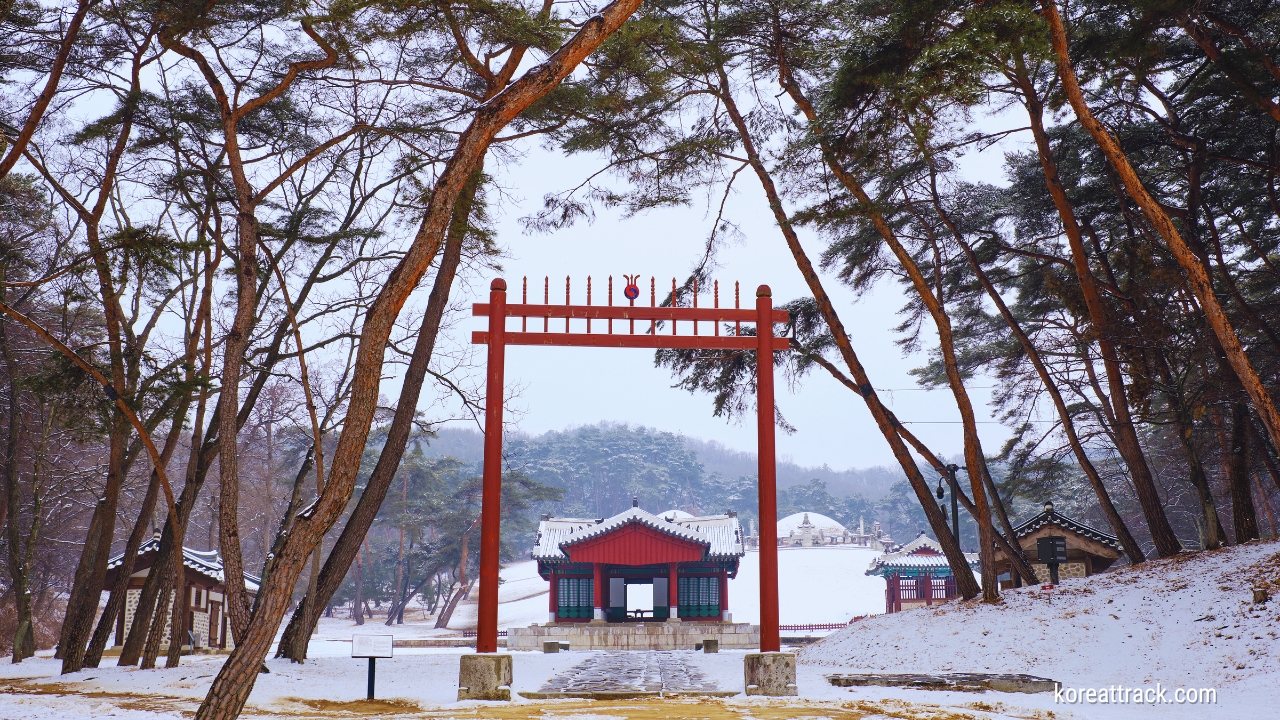 Royal Tomb of King Sejong - Entrance Gate
Royal Tomb of King Sejong - Entrance GateThe architecture of Yeongneung, the Royal Tomb of King Sejong and Queen Soheon, reflects the Joseon dynasty's elegant and harmonious design principles.
Let's explore its exciting key features...
Tumulus (Burial Mound):
The tumulus symbolizes the cosmic mountain and is a protective barrier for the deceased monarchs.
It is meticulously constructed with layers of earth, stones, and other materials. The tumulus is a sacred and significant feature of the tomb, representing the power and authority of the Korean monarchy.
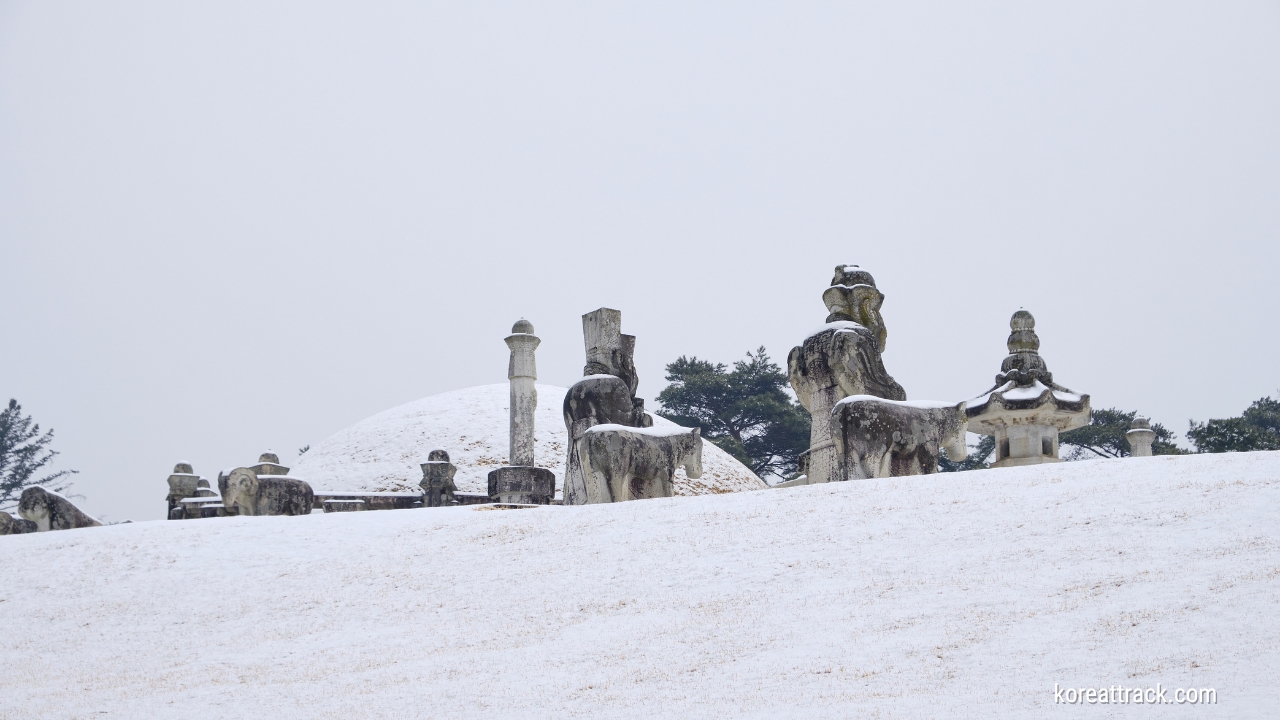 Animals and human granite sculpture at the Royal Tomb of King Sejong in Yeoju City
Animals and human granite sculpture at the Royal Tomb of King Sejong in Yeoju CityStone Fencing and Guardian Statues:
Surrounding the tumulus, you'll find a stone fence. The fence is adorned with guardian statues representing mythical creatures and officials.
These statues serve both practical and symbolic purposes. They guard the tomb against evil spirits and intruders and pay homage to the departed rulers.
The animals depicted include dragons, tigers, and phoenixes. The stone fencing and guardian statues create a mystical and awe-inspiring atmosphere, adding to the grandeur of the tomb.
Entrance and Sacred Path:
Visitors approach the tomb through a sacred path leading to the entrance. The path is flanked by stone lanterns, emphasizing the spiritual journey.
The entrance gate, known as the Jangnyumun, is a simple yet dignified structure. It serves as a gateway to the tomb, welcoming visitors and offering a glimpse of its grandeur.
The tomb's entrance and sacred path are essential features, representing the deceased monarch's spiritual journey.
Chamber and Coffins:
Beneath the tumulus lies the burial chamber. Inside, the coffins of King Sejong and Queen Soheon rest side by side.
The coffins are made of lacquered wood and adorned with intricate designs. The burial chamber is a solemn and serene space, paying homage to the memory of the departed rulers.
The coffins and the burial chamber are essential features of Yeongneung, representing the final resting place of the Korean monarchs.
Spirit Roads (Jangseunggil):
Spirit roads connect the tomb to the real world. These paths allow the spirits of the deceased to travel freely.
Along the spirit roads, you'll find stone markers (jangseung) representing protective deities.
The spirit roads and stone markers are essential features of the tomb, representing the connection the living and the dead. They serve as a reminder of the spiritual beliefs and traditions that are a part of Korean culture.
Landscaping and Natural Elements:
The tomb area is carefully landscaped with trees, shrubs, and flowers. The natural elements create a serene and contemplative atmosphere.
The landscaping and natural elements are essential features of the tomb, representing the beauty and harmony of the natural world.
They serve as a reminder of the importance of nature in Korean culture.
Historical Significance:
Yeongneung's joint tomb design was a departure from the traditional individual royal tombs.
It reflects the Confucian ideals of harmony, filial piety, and balance. These ideals were essential to Korean culture during the Joseon dynasty and are still relevant today.
The tomb's joint design and Confucian ideals are crucial features of Yeongneung, representing the Korean monarchy's cultural significance and historical importance.
Facilities & Details at King Sejong's Tomb
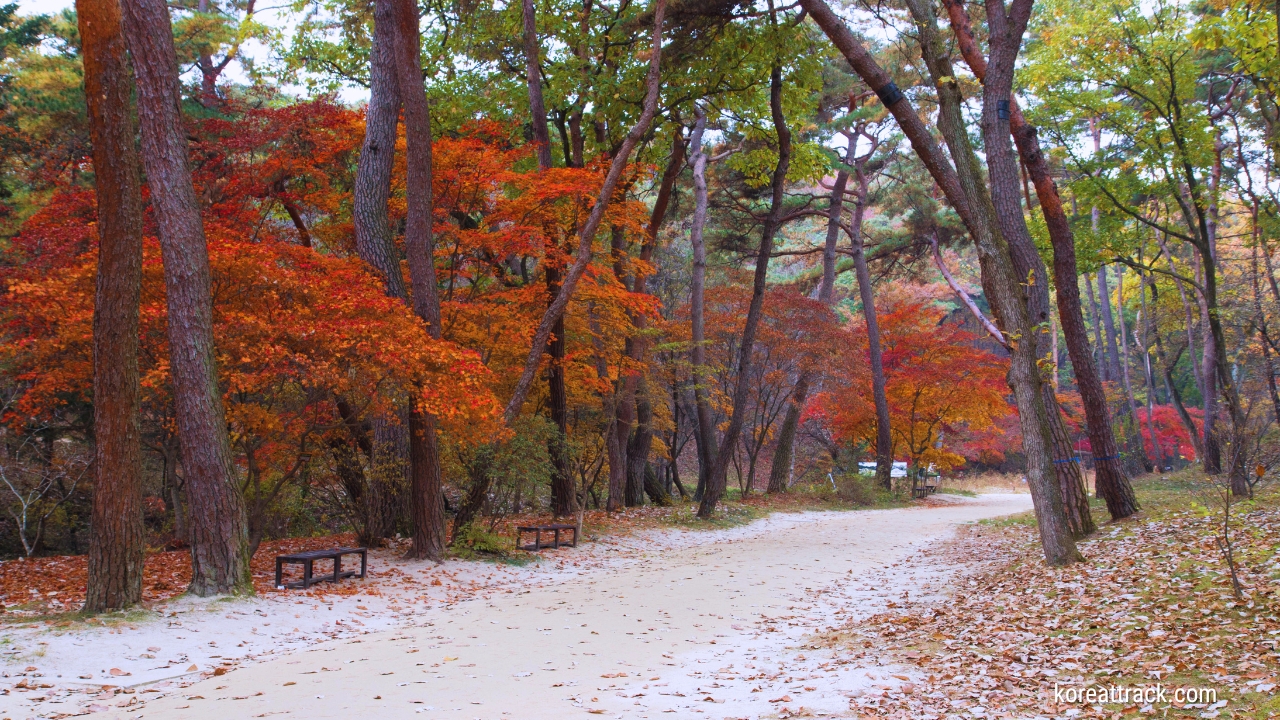 Yeongneung Royal Tomb of King Sejong in autumn
Yeongneung Royal Tomb of King Sejong in autumnKing Sejong the Great's tomb, or "Yeongneung" is located in Yeoju, east of Seoul.
It is one of the five royal tombs of the Joseon Dynasty and is famous for being the burial place of this king and his wife, Queen Soheon.
Here are the main details and facilities you can find in the area...
Tumulus and Surroundings: The tomb's tumulus is a large mound that covers the burial chamber. It is enclosed by a stone fencing adorned with guardian statues of animals and officials.
These statues symbolize protection and honor for the departed monarchs. The tomb is surrounded by a beautiful forested area that is perfect for a peaceful stroll.
Visiting Hours: Yeongneung is open daily from 09:00 AM to 05:00 PM except for Mondays. It is closed on Mondays and New Year's Day.
Parking Facilities: Ample parking is available near the tomb, so visitors can easily park their vehicles and explore the area.
Restrooms: Restrooms are conveniently located within the tomb area. Visitors can use these restrooms to freshen up and take a break.
Baby Stroller Rentals: Unfortunately, baby stroller rentals are unavailable at Yeongneung. However, visitors can bring their strollers and explore the area with their little ones.
Pets: Pets are not allowed within the tomb precincts. Visitors are advised not to bring their pets to the tomb area.
Remember, visiting Yeongneung allows you to step back in time and appreciate the architectural legacy of King Sejong and Queen Soheon.
Thank you so much for taking the time to visit and read this article! You're on the right track to unlocking a world of adventure and exploration.
If you found this article helpful, don't hesitate to share it with your friends, family, or fellow travelers.
By doing so, you'll help spread the word about this fantastic destination and inspire others to experience it for themselves.
With its ancient architecture, stunning artwork, and rich history, it's a place that's sure to capture your imagination and leave you feeling awe-inspired.
If you want to make the most of your time there, consider booking a hotel nearby. There's something for everyone, from luxurious accommodations to cozy bed and breakfasts.
So go ahead, indulge in some much-needed rest and relaxation, and let yourself be swept away by the beauty of this magical destination.
- Home
- Historical Attractions
- Royal Tomb of King Sejong
Get Exciting Activities
Book one of our exciting activities today to experience the thrill of a lifetime! Take advantage of this opportunity and secure your spot in advance.
Hotel Map Guide
Find your affordable, accessible, and comfortable hotel in Seoul at Agoda.Com. See the hotel map below...
Hotel Booking Guide
Find affordable and amazing hotels on Agoda.com using the search box below. Book now to enjoy great discounts and save!
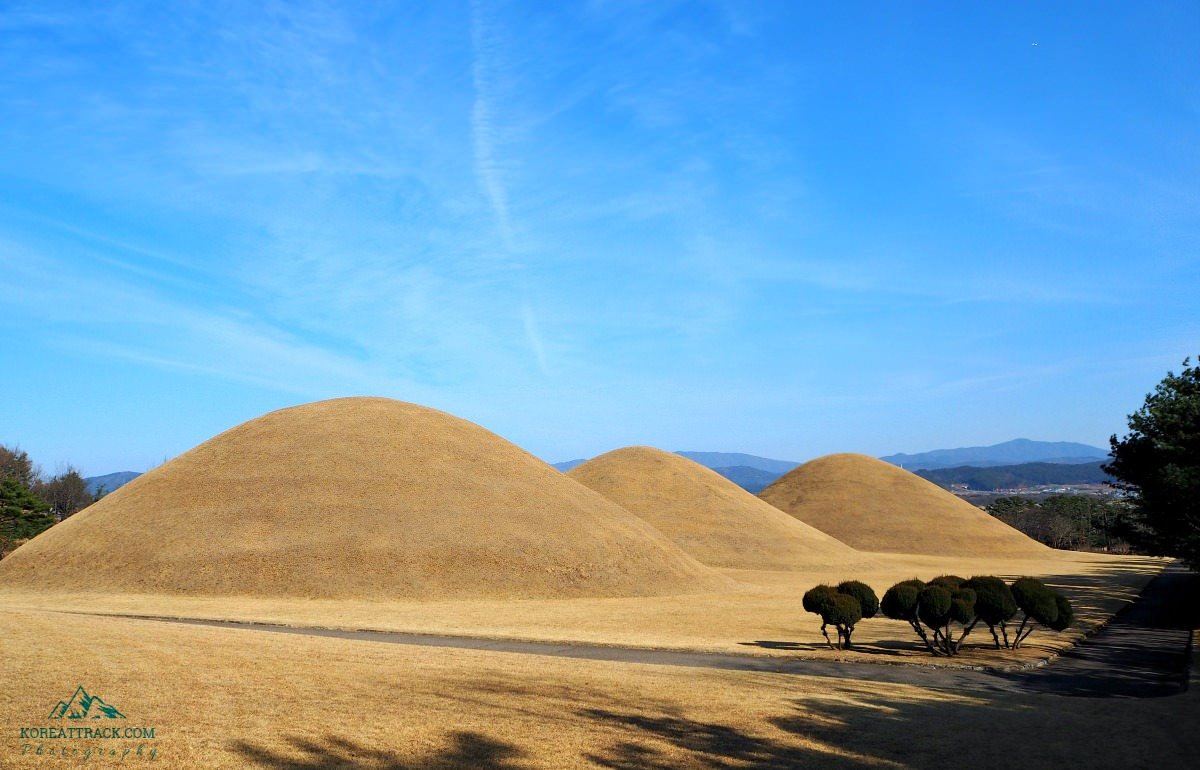
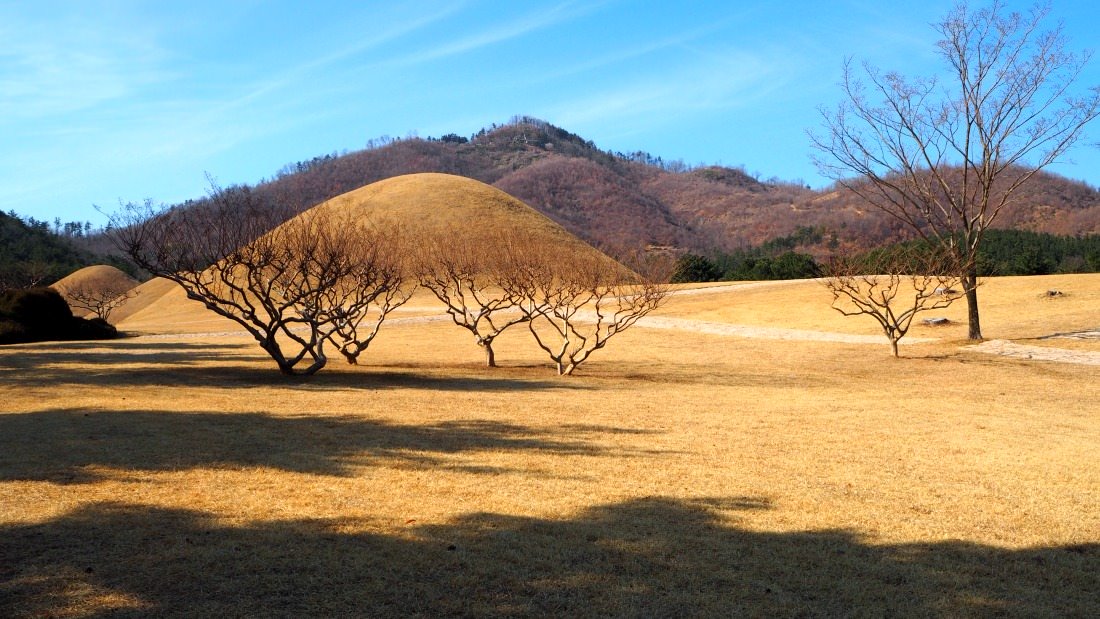
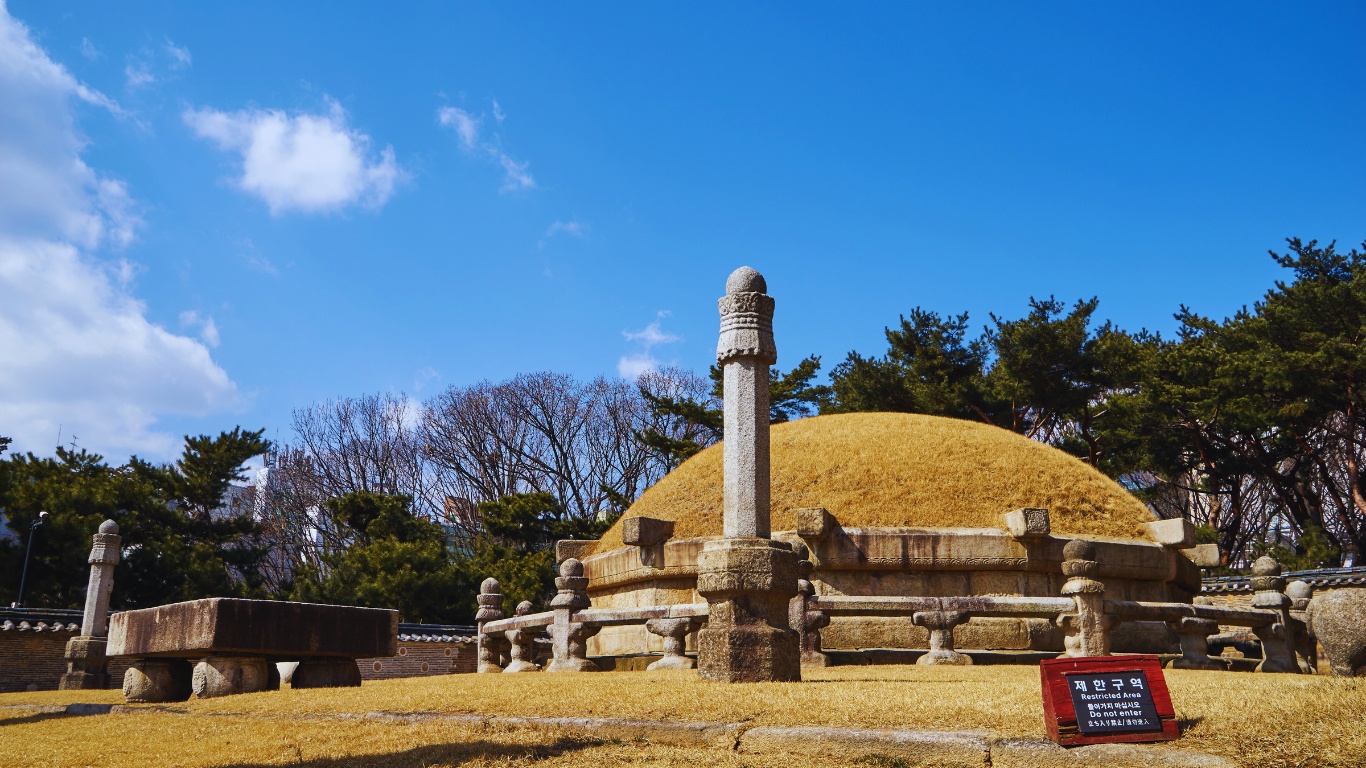




New! Comments
What do you think about this page? Leave me a comment in the box below.